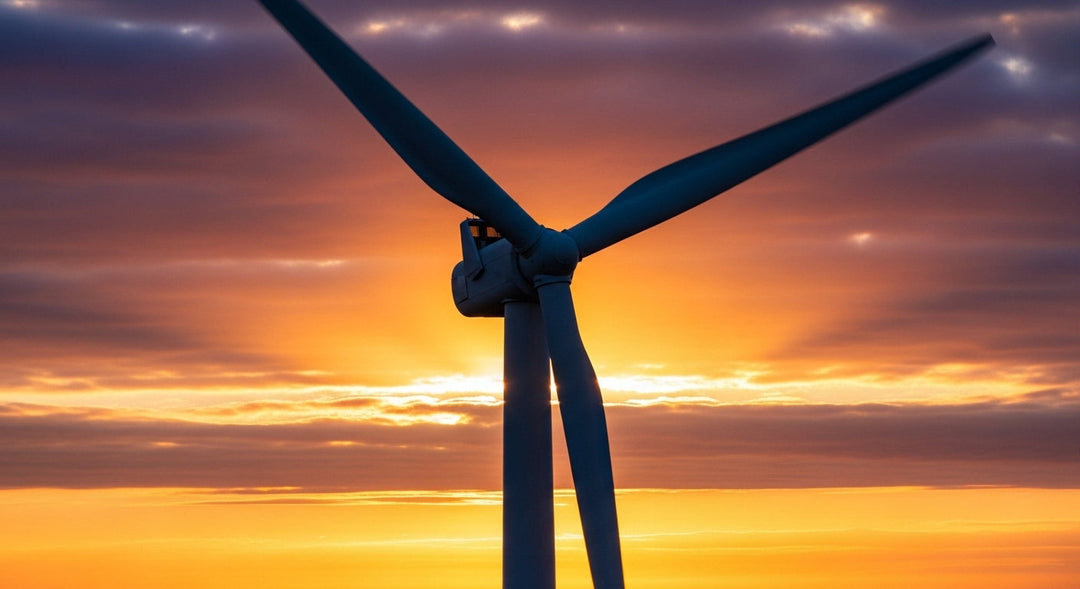Energy Efficiency in Latin America

The industrial sector in Latin America and the Caribbean has not achieved the same accomplishments as in developed markets. Although most of the countries in the region have made efforts to implement global energy efficiency solutions, only Argentina, Chile, Brazil, and Mexico have made significant progress.
Countries Leading the Push
Argentina, Brazil, Chile, and Mexico have formal policies and programs which have provided companies with technical assistance to improve industrial processes. The assistance includes international know-how guidance, feasibility studies, and investment advisory. Argentina and Chile also established dedicated funds to provide low-interest rates and guaranty loans.
Chile and Mexico have also made advancements in energy efficiency policies. Chile has a label system that recognizes enterprises with well-established energy plans with specific energy saving targets. Mexico identified industrial consumers with the highest energy consumption and mandated them to provide energy management programs and plans to increase energy efficiency.
Chile, Mexico, and Brazil are also leading the region in the implementation of mandatory minimum energy performance standards (MEPS). Since the industry is driven primarily by electric motors, the adoption of MEPS is one of the most powerful actions to reduce energy use in the industrial sector. The IEA estimates that if all countries had implemented and strengthened MEPS for electric motors to the IE3 level at the same time, global industrial electricity use could be roughly 16% lower.
Efficiency Standards Lacking in the Region
Mexico along with Japan, Saudi Arabia, the United States, Canada, and the European Union has implemented the highest standard so far, IE3**; while Brazil and Chile along with China, Australia, and New Zealand have implemented the IE2 standard. The rest of the countries in Latin America have not implemented any standards for energy efficiency.
Cost-Effective With High ROI
Energy efficiency solutions are very cost-effective. For example, each dollar spent on improving electric motors pays back on average by a factor of 7. However, attracting funding can be difficult due to the misperception that investment in this sector is risky. Even worse, in Latin American and the Caribbean, this perception is shared by uncertainty due to socio-political issues or weak institutional support.
These barriers can be surmounted if financial mechanisms are implemented. Some have been implemented with great success globally. For example, Energy Performance Contracts (EPC) have been very successful in China, the United States, and the European Union. These contracts imply that the provider maintains and operates the equipment, which is very beneficial for companies since the risk is shared with vendors and technical reservations disappear.
Financing Energy Efficiency Projects in Latin America
Banks and financial institutions play an important role as a funding mechanism in energy efficiency. They have the capacity to absorb high upfront costs and to create a trusted environment among other investors, especially for new technologies. In regions with government-bank partnerships, or the existence of green banks, energy efficiency solutions are adopted easily.
Most of the countries in Latin America don’t have dedicated funds for energy efficiency solutions in the industrial sector. Many have partnerships with private and public banks aimed to fund any project that reduces emissions. We assist companies in accessing these partnerships to finance energy efficiency projects in the region.
Challenges Can Be Overcome, We Expect Strong Growth in the Market
The industry sector in Latin America and the Caribbean is a market with many investment opportunities. Much of its industrial equipment is outdated, and the sector is in need of expertise and technical support. The governments have also recognized the need to reduce greenhouse gas emissions via cost-effective energy efficiency solutions. We expect the challenges related to government policy and limited local expertise to be overcome. We also expect the penetration of energy efficiency products in Latin America’s industrial sector to grow significantly over the next three to five years.
*Energy intensity is a measure of how much energy is used to produce one unit of economic output.
**The European Union didn’t adopt E3 standard, instead it implemented IE2 with variable speed drives (VSDs), which have very similar efficiency.










